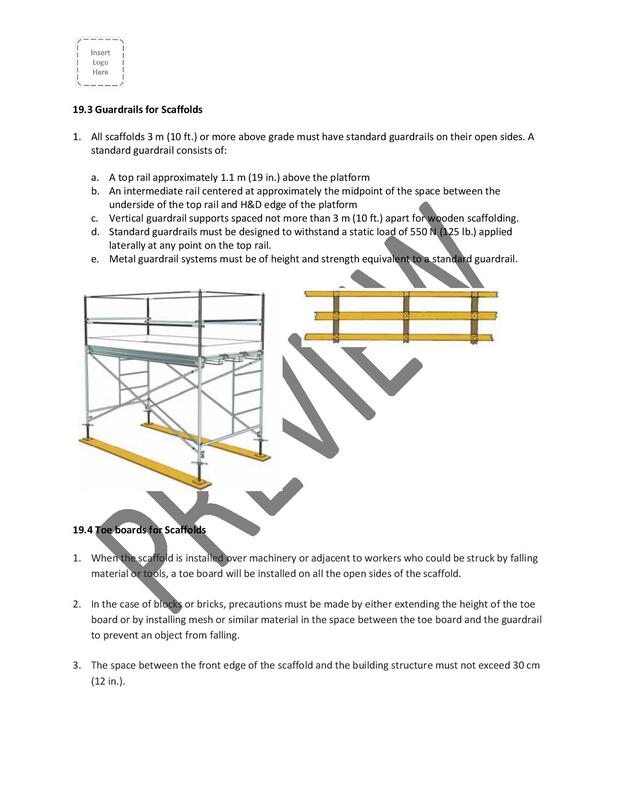
Traditionally, the speaker would stand on an actual toolbox. For example, a toolbox talk may be a good way of addressing an upcoming change to regulations or standards, or a reoccurring health and safety issue. While the talks are informal, regular meetings (as and when required) will help reinforce an organisation’s commitment to maintaining a safe working environment. As well as informing inexperienced workers, they are a good way to remind experienced workers of control measures and procedures. Examples include personal protective equipment and accident reporting. In contrast, the toolbox talk is an informal short presentation that should focus on a single topic and explore the risks of specific health and safety issues on the premises or site.

To be effective such briefings should be brief mindful that an attendee’s concentration is likely to dip after the 30-minute mark.

Safety briefings are usually held daily, on site, prior to the start of a job, shift or access to the site. The aim of the briefing is to convey information and instructions, and should be attended by everyone who will be working on that particular site including subcontractors and key members of the supply chain. Safety briefings are short, formal meetings usually delivered by the site supervisor that detail the health and safety hazards and risks that workers will face. Workers performing strenuous activity, workers using heavy or non-breathable protective clothing, and workers who are new to an outdoor job need additional precautions beyond those warranted by heat index alone.Although the terms “safety briefing” and “toolbox talk” are often used interchangeably, the Health and Safety Executive (HSE) makes a distinction between the two. It explains how to use the heat index to determine when extra precautions are needed at a worksite to protect workers from environmental contributions to heat-related illness. This guide helps employers and worksite supervisors prepare and implement hot weather plans. Nonetheless, under the OSH Act, employers have a duty to protect workers from recognized serious hazards in the workplace, including heat-related hazards. This situation is particularly serious when hot weather arrives suddenly early in the season before workers have had a chance to adapt to warm weather.įED OSHA does not have a specific standard that covers working in hot environments. The risk of heat-related illness becomes greater as the weather gets hotter and more humid. Outdoor workers who are exposed to hot and humid conditions are at risk of heat-related illness.


 0 kommentar(er)
0 kommentar(er)
